In the last decade or so, Belgrade, the capital of Serbia has been steadily carving its space as the benchmark for partying in Eastern Europe. There is a reason why it is referred to as the “Berlin of the Balkans” as the city lives and breathes nightlife. There are international events and trendsetting locales for every taste and parties that routinely rage until dawn and after.
Belgrade’s party scene is influenced very much by the season. In colder months, the establishments downtown thrive (in the Stari Grad, literally “old city” in Serbian), though the districts of Skadarlija (the city’s main bohemian quarter, known as the “Balkan Montmartre”) and New Belgrade also become very vivacious once the sun goes down (and even before for that matter).
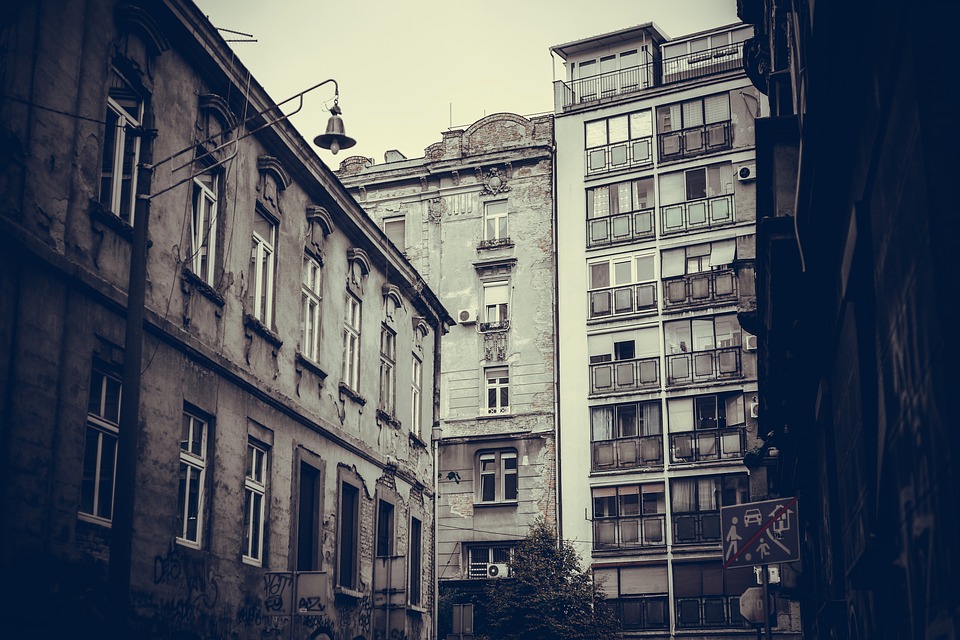
In the hotter months between May and September, the revelry moves toward the nightclubs, pubs and restaurants coasting the Sava and Danube rivers. An iconic part of Belgrade’s nightlife are the splavovi (singular splav); These are floating lounges anchored on the river that double as bar, club, restaurant and gathering point for merrymakers, casual drinkers, ravers and everyone in between. Some of the most frequented splavovi (but also several patronised establishments on solid ground) are located along the Sava in the section between the old bridge near the Belgrade train station up to Gazela bridge. On the Danube’s riverbank, the most popular spot is in close proximity of the epochal Hotel Yugoslavia. Belgrade’s very own beach, the Ada Ciganlija is another much adored hotspot.
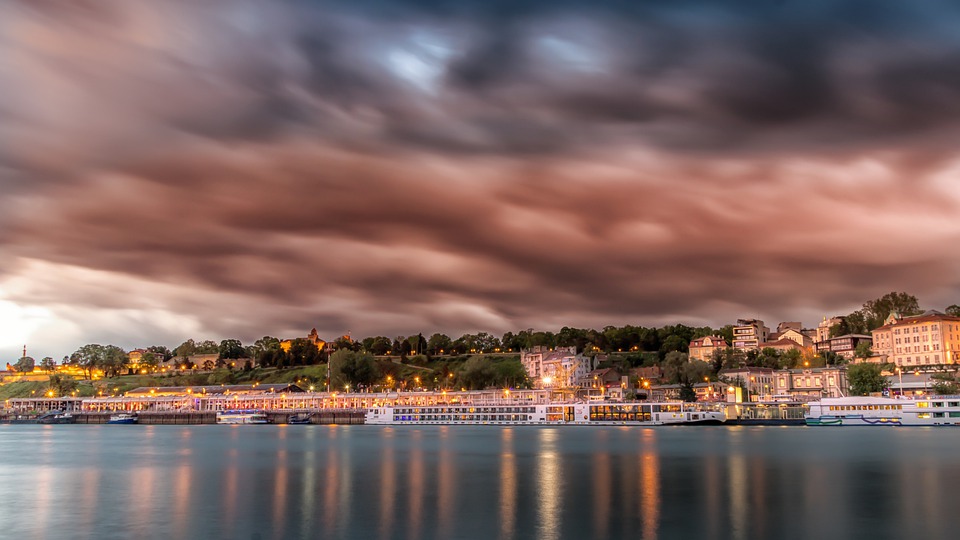
One only has to spend a couple of nights in the city to gather that the opening and closing hours are extremely libertine, with a vast majority of clubs keeping open till around 4:00-5:00AM even during weekdays. Bars usually close around 2:00AM from Tuesday to Sunday, though many, many establishments are also open on Mondays despite its original use as a rest day from hardcore carousing.
The Belgrade “Crawl”
We start downtown in the Stari Grad district, where tens of bars and clubs await the push till daybreak. Rakia and Slivovitz (a liquor derived from plums that is consumed by the gallon both in shot form and in cocktails) are the drinks of choice. The Ulica Knez Mihailova is the main boulevard of Belgrade and is the de facto most frequented walkway of the Balkans, drawing millions of visitors yearly who come for the culture, revelry and obviously the nightlife. This lengthy avenue connects the main squares and landmarks of the city, including the great fortress of Kalmegdan and the Terazije plaza, the beating heart of Belgrade. We first pay homage to a legendary discotheque: Mr Steve Braun, is not a person but a disco pub on the ninth-floor purporting to be the tallest such venue in Europe (known for its international DJ’s and non-stop parties).
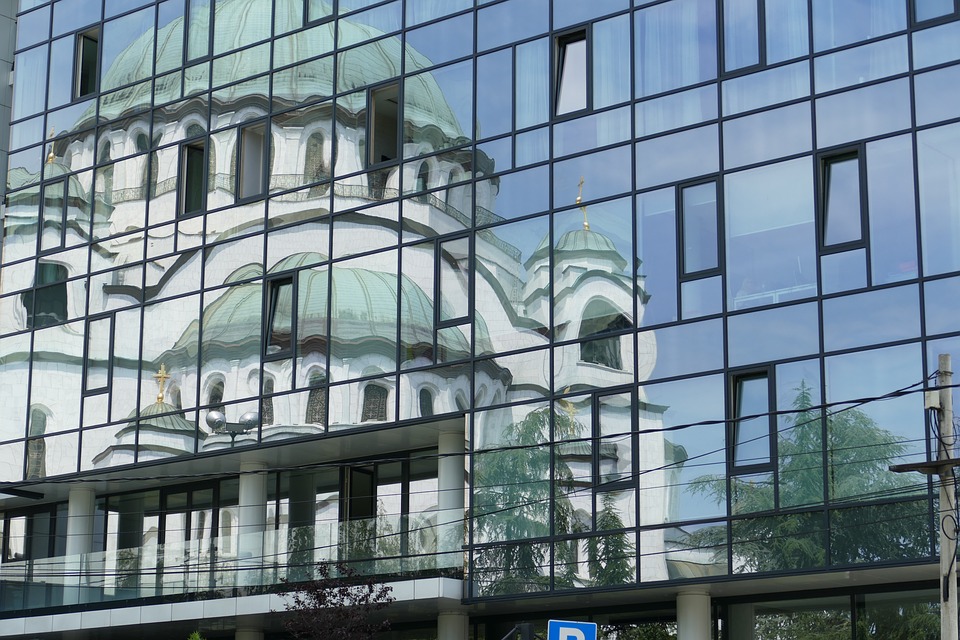
Our next stop is the Strahinjica Bana, a trendy road filled with upscale establishments. The poshness of the area is exemplified by countless rows of supercars in front of elegant lounge-bars where smartly dressed revellers from all over congregate. On the more rustic side, are the many kafanas, some that double of splavovi. A kafana is a traditional Balkan restaurant that specializes in local foods, serving the best possible fodder to prepare for any shenanigans the night may bring.
Kafana-splav hybrids of the like often put on awesome live shows of Balkan music. An extremely popular musical genre in Serbia is turbo-folk that meshes traditional Serbian tunes with pop-related influences, shows of this type can get pretty intense! Expect to be singing, drinking, hugging and dancing on tables with strangers. We move to the area surrounding the Brankow bridge which duly is noted by most as being one of the main nightlife epicentres in town. The neon lights on the structure have bathed countless partygoers and in its vicinity are some of the most frequented splavovi but also some of the most legendary clubs, including: Club Brankow (situated in a load bearing column of the bridge and one of the best clubs in the city before our list even begins), Sound Splavi, Plastic Jam and Brod Kolos.
For the more cultural minded (as one of the undisputed cultural capital of South-Western Europe) Belgrade offers numerous concerts as well as literary and artistic spectacles. The Sava Centre in New Belgrade is a sprawling, modernist congress centre that hosts the country’s largest auditorium and is regarded as one of the greatest entertainment venues of Eastern Europe, hosting large-scale events and performances on a global scale.
With all that said let’s get into the nitty gritty and cite a handful of unmissable locations that make Belgrade truly what it is, the official party capital of the Balkans (and not only).
Club Sound and Freestyler
A staple of Belgrade’s party scene since 1996. This venue is a haven for house and techno lovers, hosting legendary soirees and attracting only top-notch DJ’s. Close by is the notorious Freestyler, another establishment very popular with younger crowds and more accommodating for hip-hop and pop aficionados. Club Sound has a capacity of 500 and is located on the riverbank of the Sava in the New Belgrade district near Gazela bridge.
Povetarac
An establishment known for its vivacity and intense partying scene, cemented by its round the clock timetable (it is open seven days a week, with shindigs routinely dragging on after dawn). Also located on the shores of the Sava, this club offers enormous musical versatility, hosting jazz, soul, hip-hop, RnB, reggae and electronic music events throughout the year.
Club Lasta
Another techno and house music mecca, Club Lasta is one of the premium clubs of the old town of Belgrade situated on Hercegovna street. It attracts a colourful crowd drawn to its exceptional atmosphere and top-tier line-ups of international artists.
Club Kasina
A curious mix of exclusivity and popularity. This establishment is massive, with an occupancy of 1000 attendees were one can choose from an enormous selection of local and craft beers. Its central location in the niche district of Terazije means that the place, however packed still follows a rigorous dress code. The locale is still a great place to chill, but maybe leave your cargo shorts at home for this one.
Club Plastic and Mint
Another absolute haven for electronic music enthusiasts. It is not unfair to say that Club Plastic dominates Belgrades already saturated nightlife. This discotheque is always on the cusp, setting trends nightly. A truly unmissable establishment if one wants to understand Belgrade’s true partying nature. Top level DJ’s and theme events make Club Plastic one of the hottest places in the city, its vibrant atmosphere is almost unmatched together with its sister club Mint, meaning that there is often a back to forth between the to venues. Both clubs are located on Takovska street in Skadarlija on the other side of the city’s botanical garden.
Club Julian Loft and Dragstor Play
Located in a giant warehouse, the Julian Loft is renowned as the crème de la crème of luxurious partying. Exclusivity is synonymous with the locale reminiscent of establishments in the gentrified meat-packing district of New York. The scene in this club presents itself as a bevvy of lasers, go-go dancers in cages and sleek, artistic design. Dress well and expect to pay a bit more than average, but the roster of the venue might tempt seasoned clubbers. Dragstor Play is a newer addition to Belgrade’s nights, steadily rising from the underground to become one of the most energetic scenes of the city. Though it is open only in winter it merits a visit for its great atmosphere and eclectic mix of locals and internationals.
Bitet Art Cafè and Dom Omladine
For live music, this cafè once located inside a deconsecrated church (it has now moved to a larger and more modern structure), is a must. From funk to rock to all-encompassing turbo-folk the Bitet has something for even though most hard-pressed music fan. On the same wavelength is the Dom Omladine, another venue more versed in acoustic live shows that also hosts fascinating artisanal and artistic workshops, debates on cinema and assemblies. A true Belgrade institution indeed.


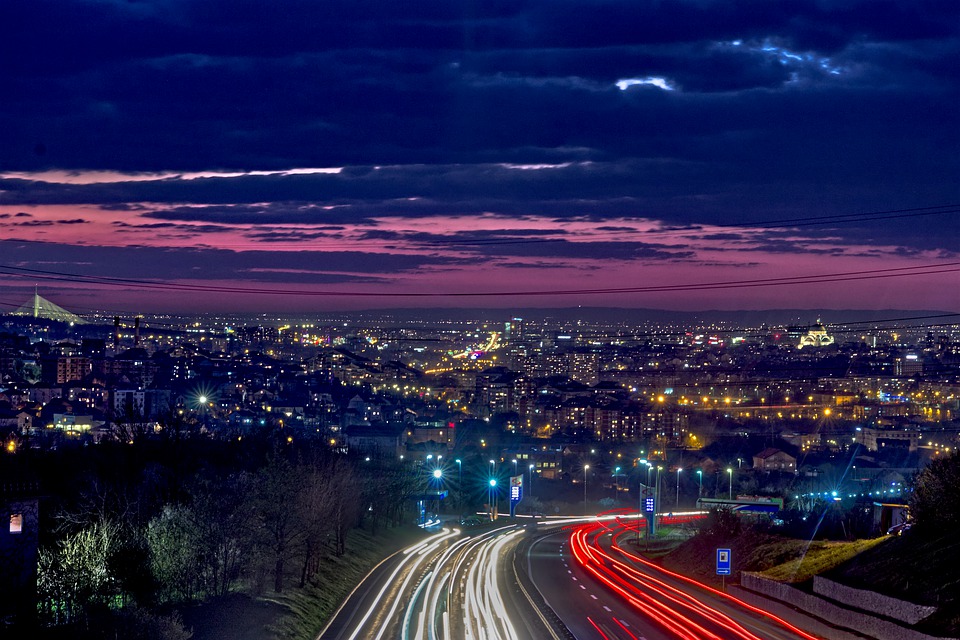
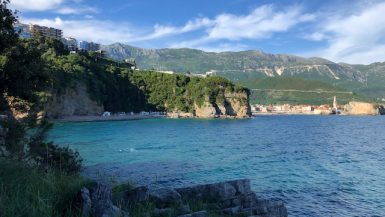


Leave a reply